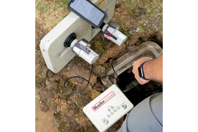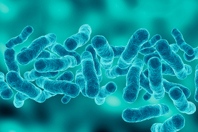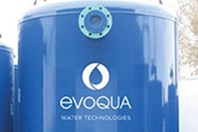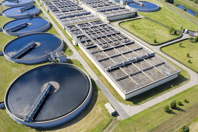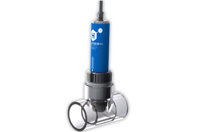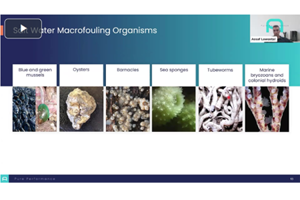DRINKING WATER TREATMENT RESOURCES
-
For a water utility of any size to function properly, effective meter reading is a vital aspect of day-to-day operations. Meter reading supports both ends of the transaction, ensuring that water is being properly delivered, accounted for and billed each month.
-
Filtrasorb 400’s agglomerated pore structure and high volumetric capacity deliver unmatched PFAS removal, longer run times, and lower lifecycle costs—outperforming direct-activated carbons in real-world and lab testing.
-
As water systems grow more complex and climate patterns shift, Legionella is emerging as one of the most persistent and underestimated risks in the built environment. The threat to public health from Legionnaires' disease will likely further escalate unless decisive action is taken.
-
Ion exchange (IX) is a tried-and-true method of removing metals and other inorganic compounds from water. Arsenic, cadmium, chromium, copper, lead, nickel, selenium, radionuclides, and zinc are just a few examples of the compounds that our ion exchange systems have removed from water.
-
Advanced side stream filtration protects sensitive cooling infrastructure in data centers, extending membrane life, reducing water and energy use, and preventing costly downtime caused by particulate-loaded cooling water.
-
Solutions that offer instant, chemical-free disinfection, manage costs, handle high organic loads, and control emerging contaminants are defining the path forward for water facilities.
-
Developed from U.S. Office of Naval Research requirements, this multiparameter chlorine sensor offers extended maintenance-free operation, flow-independence, and automatic compensation for reliable, in-pipe monitoring.
-
Next-generation chlorine sensors eliminate the need for reagents and membranes, while offering flow-independent, multi-parameter, self-cleaning operation. This reduces maintenance and enhances monitoring accuracy.

